Women Speak Through Walls: ست الحيطة
February 26, 2014 | Nadine El SayedU407, pictures of the infamous incident of Set El Banat being dragged by soldiers while her abaya reveals a blue bra, former presidents’ faces portrayed in the weirdest creations, pictures of martyrs of the revolution and even revolutionary quotes in beautiful calligraphy.
Graffiti has come to be known as the art of the revolution, we were swamped with graffitis supporting the revolution, expressing diverse political views and even in support of football teams.
But two women decided to use the growing art of graffiti to let fellow women’s voices to be heard, and this time, through walls.
Women on Walls (WOW), or ?? ?????? in Arabic, was launched last year to let the walls of Mansoura, Luxor, Alexandria and Cairo speak to every passerby and tell him the story of one woman or another, of a hardship us, women, face daily or simply remind them of the greatness that is women.
This year, the project had a team of 14 female and six male graffiti artists who took their creativity to the walls of the Borsa building and a parking garage downtown. In 2013, the artists took on walls in Maadi, downtown, Stable Antar, Mansoura, Luxor and Alexandria.
We sat down with Angie Balata who, together with Mia Grondahl, gathered the artists to launch WoW.
Edited Excerpts:
How did the idea of women’s rights expressed through graffiti come about?
The idea began in 2012, my partner in the project, Mia Grondahl, is a Swedish writer, photographer and journalist who had written a book called Revolution Graffiti in 2012 and it told the story of the Egyptian revolution through graffiti.
So she had finished it by December 2012 and a Danish funder, the Danish Center for Cultural Development, or CKU— which supports development through cultural projects around the world—approached Mia. So she suggested using graffiti as a tool to talk about women’s rights and issues; really use it for social development. She contacted me in December 2012 and by January we started preparing for it.
So how did the first round of WoW go?
From April 2013 to May, 10th, 2013 we did graffiti in four different cities; Mansoura, Cairo, Alexandria and Luxor. We had a really cool group of 20 Egyptian graffiti artists from different governorates, but at that time it was a majority of men because we couldn’t find enough female artists.
Then we decided to launch her book and at the same time launch WoW, but we wanted to hold the launch at a cool spot in the street that reflects the spirit of the street. So we chose this big, old parking garage. Then the word got around downtown and everybody has heard around town and everybody wanted to help and do something and we grew from 20 to 40.
This was the first time anyone in the region does a graffiti project for a social issue and I don’t think too many in the world have done that.
Why did you choose to start with a garage and not the streets?
Harassment and rape: That’s it, very sadly. We wanted to work downtown and do something on the Borsa building but there was no way. Last year they didn’t have this dumb law they have now [preventing graffiti], but even this year we just chose private walls and it’s easy to
find them and get residents’ permission. But we have to work certain times to avoid rush hour and masses of people passing by. The girls wouldn’t feel very comfortable otherwise.
Which topics did the artists chose to cover in 2013?
Circumcision, women in the cultural sphere, the celebration of women as cultural icons with the use of poetry and Quraan to show she has her place in society and violence against women. Alexandria also focused on the celebration of women as a foundation of society from Nefertiti to Samira Ibrahim, [portraying] 12 strong women and this is why Egypt exists. So it was really diverse and varied.
Nothing on sexual harassment?
Not really, there was one group in Masnoura who worked on the idea of ottat (cats). The girl who came up with this idea was sick of being called an otta so she researched the cat and found it was one of the greatest symbols in the Pharaonic culture and a god.
So she drew all women, veiled or not, as cats, to reflect the reversed concept of what the otta presents.
So what did you do with WoW this year?
This year we got an international Swedish artist; so there is a cultural dialogue. Carolina Faulkhault is a hardcore feminist graffiti artist and she’s about wild colors and insane details and she helped out in terms of teaching, guiding and collaborating.
So we did graffitis in Borsa and in another garage downtown; they’re very cool. The garage is so female oriented, you cannot walk in and not feel this is a female space and it is really cool. It is full of different ideas, some are very abstract but it’s awesome.
We had a limited budget so we only did it in Cairo.
So do you see a difference in topics covered this year?
Yes, last year it wasn’t very clear, this year there was a lot more tying into the concept and I think it was because the majority were females, which is nice.
They covered sexual harassment, freedom, justice and equality and some abstract stuff. This year I want to turn it into a street gallery, at least inside the garage, and do plaques for them to explain the issues they discuss.
So what are your future plans?
We are now in discussion to do a project in Amman between Egyptians and other Arab artists. The reason is that Amman is the easiest for Arabs to access now.
What other spots are you looking at for the future?
I like weird places. I like the idea of metros; of being in the subway and seeing art. And it is very cool. I would love to draw on bridges. I would also love sidewalks and streets.
But the idea is that everything around you can become beautified and then change starts to happen. Change is walking in the streets and thinking this is a lovely mirror.
One of the places we want to do is Imbaba, we want two sister walls because Imbaba is divided by the Nile into two.

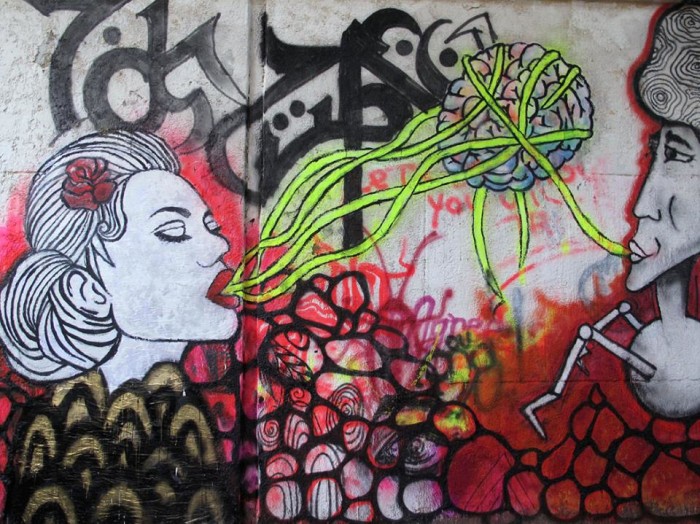
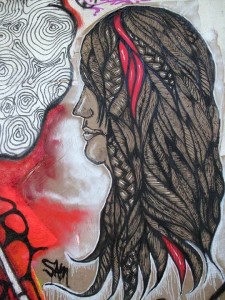
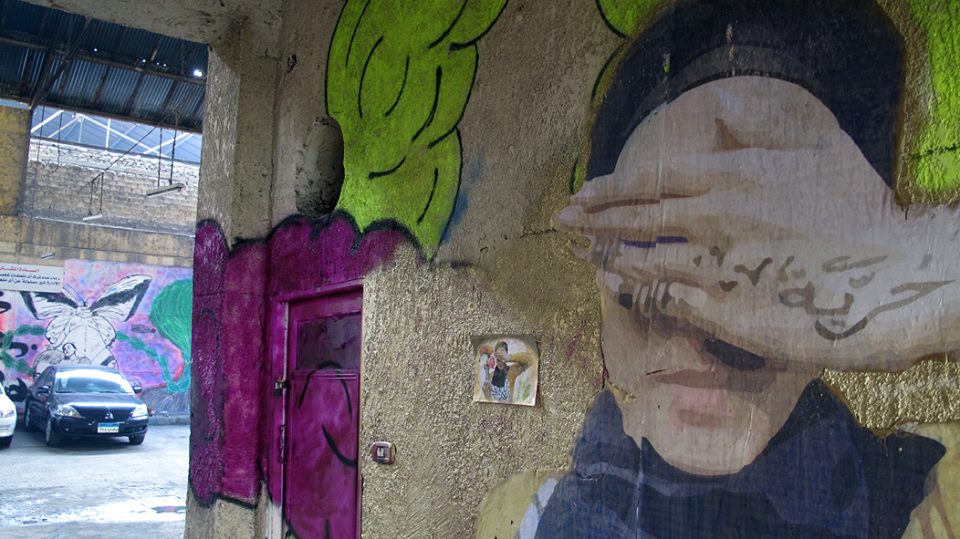
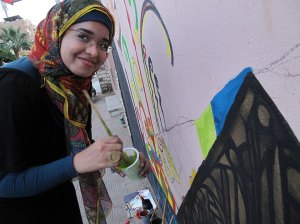
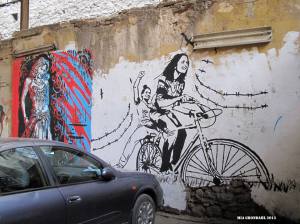
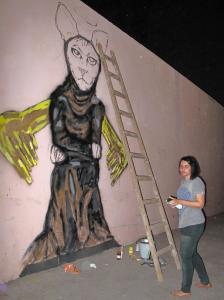
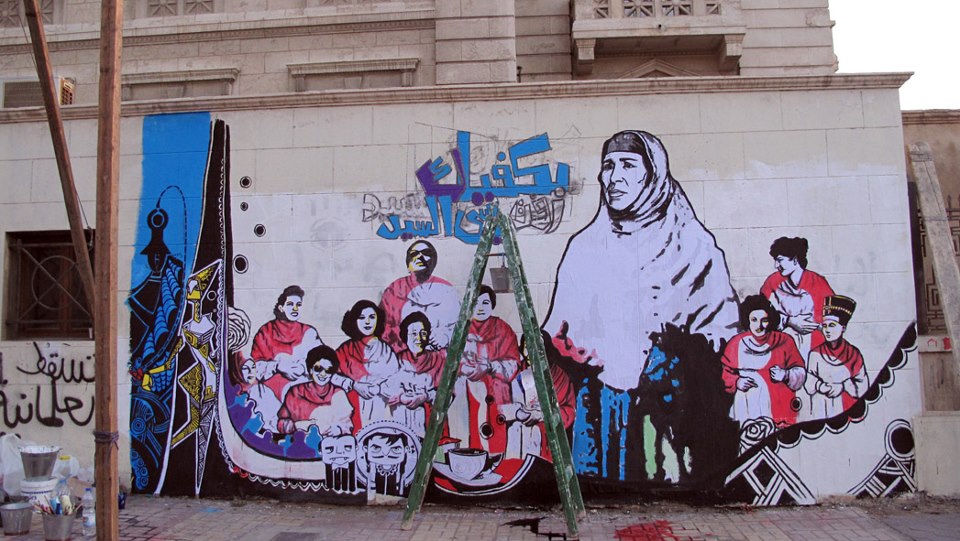

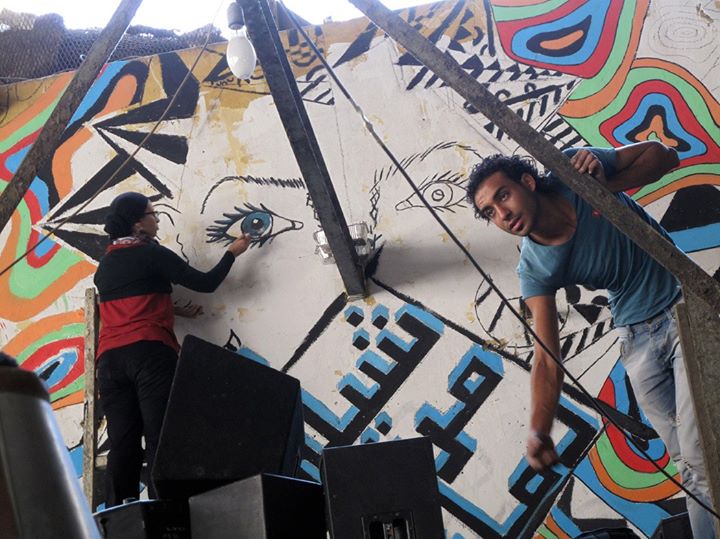
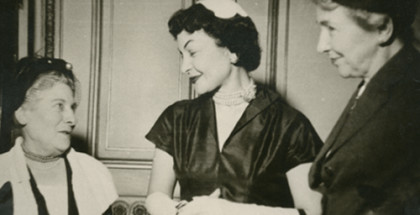
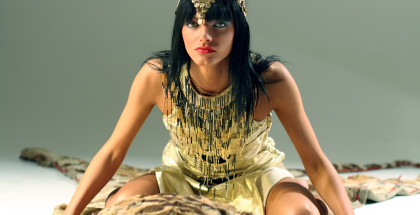
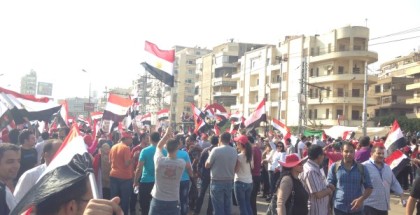
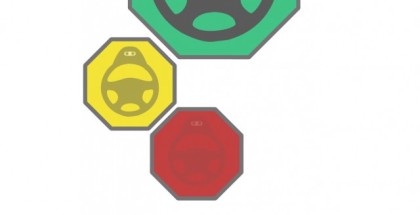

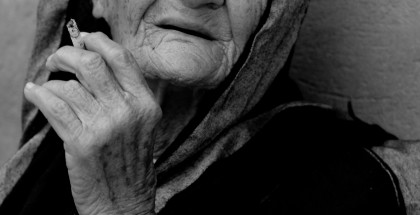


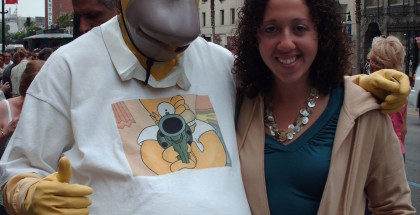

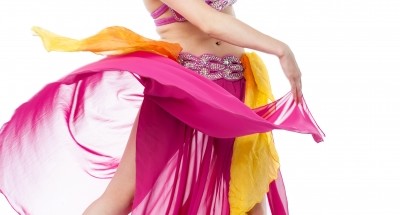
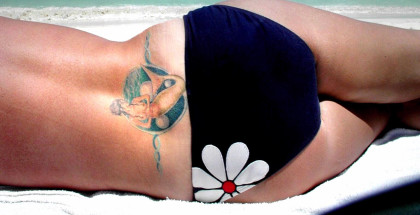













Submit a Comment